-
EXECUTIVE SUMMARY
-
MARKET INTRODUCTION
-
Definition
-
Scope of the Study
- Research Objective
- Assumptions
- Limitations
-
RESEARCH METHODOLOGY
-
Overview
-
Data Mining
-
Secondary Research
-
Primary Research
- Primary Interviews and Information Gathering Process
- Breakdown of Primary Respondents
-
Forecasting Model
-
Market Size Estimation
- Bottom-Up Approach
- Top-Down Approach
-
Data Triangulation
-
Validation
-
MARKET DYNAMICS
-
Overview
-
Drivers
-
Restraints
-
Opportunities
-
MARKET FACTOR ANALYSIS
-
Value Chain Analysis
-
Porter’s Five Forces Analysis
- Bargaining Power of Suppliers
- Bargaining Power of Buyers
- Threat of New Entrants
- Threat of Substitutes
- Intensity of Rivalry
-
COVID-19 Impact Analysis
- Market Impact Analysis
- Regional Impact
- Opportunity and Threat Analysis
-
GLOBAL INDUSTRIAL CEILING FAN MARKET, BY MATERIAL APPLICATION
-
Overview
-
Warehouse
-
Factory
-
Others
-
GLOBAL INDUSTRIAL CEILING FAN MARKET, BY TYPE
-
Overview
-
AC Ceiling Fans
-
DC Ceiling Fans
-
GLOBAL INDUSTRIAL CEILING FAN MARKET, BY REGION
-
Overview
-
North America
- US
- Canada
-
Europe
- Germany
- France
- UK
- Italy
- Spain
- Rest of Europe
-
Asia-Pacific
- China
- India
- Japan
- South Korea
- Australia
- Rest of Asia-Pacific
-
Rest of the World
- Middle East
- Africa
- Latin America
-
COMPETITIVE LANDSCAPE
-
Overview
-
Competitive Analysis
-
Market Share Analysis
-
Major Growth Strategy in the Global Industrial Ceiling Fan Market,
-
Competitive Benchmarking
-
Leading Players in Terms of Number of Developments in the Global Industrial Ceiling Fan Market,
-
Key developments and Growth Strategies
- New Product Launch/Service Deployment
- Merger & Acquisitions
- Joint Ventures
-
Major Players Financial Matrix
- Sales & Operating Income, 2025
- Major Players R&D Expenditure. 2025
-
COMPANY PROFILES
-
Hunter Fan Company
- Company Overview
- Financial Overview
- Products Offered
- Key Developments
- SWOT Analysis
- Key Strategies
-
Casablanca
- Company Overview
- Financial Overview
- Products Offered
- Key Developments
- SWOT Analysis
- Key Strategies
-
Emerson Ceiling Fans
- Company Overview
- Financial Overview
- Products Offered
- Key Developments
- SWOT Analysis
- Key Strategies
-
Minka
- Company Overview
- Financial Overview
- Products Offered
- Key Developments
- SWOT Analysis
- Key Strategies
-
Monte Carlo
- Company Overview
- Financial Overview
- Products Offered
- Key Developments
- SWOT Analysis
- Key Strategies
-
Craftmade
- Company Overview
- Financial Overview
- Products Offered
- Key Developments
- SWOT Analysis
- Key Strategies
-
Litex
- Company Overview
- Financial Overview
- Products Offered
- Key Developments
- SWOT Analysis
- Key Strategies
-
Fanimation
- Company Overview
- Financial Overview
- Products Offered
- Key Developments
- SWOT Analysis
- Key Strategies
-
Kichler
- Company Overview
- Financial Overview
- Products Offered
- Key Developments
- SWOT Analysis
- Key Strategies
-
Panasonic
- Company Overview
- Financial Overview
- Products Offered
- Key Developments
- SWOT Analysis
- Key Strategies
-
Crompton Greaves
- Company Overview
- Financial Overview
- Products Offered
- Key Developments
- SWOT Analysis
- Key Strategies
-
Orient fans
- Company Overview
- Financial Overview
- Products Offered
- Key Developments
- SWOT Analysis
- Key Strategies
-
Usha
- Company Overview
- Financial Overview
- Products Offered
- Key Developments
- SWOT Analysis
- Key Strategies
-
Havells India
- Company Overview
- Financial Overview
- Products Offered
- Key Developments
- SWOT Analysis
- Key Strategies
-
SMC
- Company Overview
- Financial Overview
- Products Offered
- Key Developments
- SWOT Analysis
- Key Strategies
-
ACC
- Company Overview
- Financial Overview
- Products Offered
- Key Developments
- SWOT Analysis
- Key Strategies
-
Midea
- Company Overview
- Financial Overview
- Products Offered
- Key Developments
- SWOT Analysis
- Key Strategies
-
MOUNTAINAIR
- Company Overview
- Financial Overview
- Products Offered
- Key Developments
- SWOT Analysis
- Key Strategies
-
King of Fans, Inc,
- Company Overview
- Financial Overview
- Products Offered
- Key Developments
- SWOT Analysis
- Key Strategies
-
Airmate''
- Company Overview
- Financial Overview
- Products Offered
- Key Developments
- SWOT Analysis
- Key Strategies
-
11.
-
APPENDIX
-
References
-
Related Reports
-
-
LIST OF TABLES
-
GLOBAL INDUSTRIAL CEILING FAN MARKET, SYNOPSIS, 2025-2034
-
GLOBAL INDUSTRIAL CEILING FAN MARKET, ESTIMATES & FORECAST, 2025-2034 (USD BILLION)
-
GLOBAL INDUSTRIAL CEILING FAN MARKET, BY MATERIAL APPLICATION, 2025-2034 (USD BILLION)
-
GLOBAL INDUSTRIAL CEILING FAN MARKET, BY TYPE, 2025-2034 (USD BILLION)
-
NORTH AMERICA: INDUSTRIAL CEILING FAN MARKET, BY MATERIAL APPLICATION, 2025-2034 (USD BILLION)
-
NORTH AMERICA: INDUSTRIAL CEILING FAN MARKET, BY TYPE, 2025-2034 (USD BILLION)
-
US: INDUSTRIAL CEILING FAN MARKET, BY MATERIAL APPLICATION, 2025-2034 (USD BILLION)
-
US: INDUSTRIAL CEILING FAN MARKET, BY TYPE, 2025-2034 (USD BILLION)
-
CANADA: INDUSTRIAL CEILING FAN MARKET, BY MATERIAL APPLICATION, 2025-2034 (USD BILLION)
-
CANADA: INDUSTRIAL CEILING FAN MARKET, BY TYPE, 2025-2034 (USD BILLION)
-
EUROPE: INDUSTRIAL CEILING FAN MARKET, BY MATERIAL APPLICATION, 2025-2034 (USD BILLION)
-
EUROPE: INDUSTRIAL CEILING FAN MARKET, BY TYPE, 2025-2034 (USD BILLION)
-
GERMANY: INDUSTRIAL CEILING FAN MARKET, BY MATERIAL APPLICATION, 2025-2034 (USD BILLION)
-
GERMANY: INDUSTRIAL CEILING FAN MARKET, BY TYPE, 2025-2034 (USD BILLION)
-
FRANCE: INDUSTRIAL CEILING FAN MARKET, BY MATERIAL APPLICATION, 2025-2034 (USD BILLION)
-
FRANCE: INDUSTRIAL CEILING FAN MARKET, BY TYPE, 2025-2034 (USD BILLION)
-
ITALY: INDUSTRIAL CEILING FAN MARKET, BY MATERIAL APPLICATION, 2025-2034 (USD BILLION)
-
ITALY: INDUSTRIAL CEILING FAN MARKET, BY TYPE, 2025-2034 (USD BILLION)
-
SPAIN: INDUSTRIAL CEILING FAN MARKET, BY MATERIAL APPLICATION, 2025-2034 (USD BILLION)
-
SPAIN: INDUSTRIAL CEILING FAN MARKET, BY TYPE, 2025-2034 (USD BILLION)
-
UK: INDUSTRIAL CEILING FAN MARKET, BY MATERIAL APPLICATION, 2025-2034 (USD BILLION)
-
UK: INDUSTRIAL CEILING FAN MARKET, BY TYPE, 2025-2034 (USD BILLION)
-
REST OF EUROPE: INDUSTRIAL CEILING FAN MARKET, BY MATERIAL APPLICATION, 2025-2034 (USD BILLION)
-
REST OF EUROPE: INDUSTRIAL CEILING FAN MARKET, BY TYPE, 2025-2034 (USD BILLION)
-
ASIA-PACIFIC: INDUSTRIAL CEILING FAN MARKET, BY MATERIAL APPLICATION, 2025-2034 (USD BILLION)
-
ASIA-PACIFIC: INDUSTRIAL CEILING FAN MARKET, BY TYPE, 2025-2034 (USD BILLION)
-
JAPAN: INDUSTRIAL CEILING FAN MARKET, BY MATERIAL APPLICATION, 2025-2034 (USD BILLION)
-
JAPAN: INDUSTRIAL CEILING FAN MARKET, BY TYPE, 2025-2034 (USD BILLION)
-
CHINA: INDUSTRIAL CEILING FAN MARKET, BY MATERIAL APPLICATION, 2025-2034 (USD BILLION)
-
CHINA: INDUSTRIAL CEILING FAN MARKET, BY TYPE, 2025-2034 (USD BILLION)
-
INDIA: INDUSTRIAL CEILING FAN MARKET, BY MATERIAL APPLICATION, 2025-2034 (USD BILLION)
-
INDIA: INDUSTRIAL CEILING FAN MARKET, BY TYPE, 2025-2034 (USD BILLION)
-
AUSTRALIA: INDUSTRIAL CEILING FAN MARKET, BY MATERIAL APPLICATION, 2025-2034 (USD BILLION)
-
AUSTRALIA: INDUSTRIAL CEILING FAN MARKET, BY TYPE, 2025-2034 (USD BILLION)
-
SOUTH KOREA: INDUSTRIAL CEILING FAN MARKET, BY MATERIAL APPLICATION, 2025-2034 (USD BILLION)
-
SOUTH KOREA: INDUSTRIAL CEILING FAN MARKET, BY TYPE, 2025-2034 (USD BILLION)
-
REST OF ASIA-PACIFIC: INDUSTRIAL CEILING FAN MARKET, BY MATERIAL APPLICATION, 2025-2034 (USD BILLION)
-
REST OF ASIA-PACIFIC: INDUSTRIAL CEILING FAN MARKET, BY TYPE, 2025-2034 (USD BILLION)
-
REST OF THE WORLD: INDUSTRIAL CEILING FAN MARKET, BY MATERIAL APPLICATION, 2025-2034 (USD BILLION)
-
REST OF THE WORLD: INDUSTRIAL CEILING FAN MARKET, BY TYPE, 2025-2034 (USD BILLION)
-
MIDDLE EAST: INDUSTRIAL CEILING FAN MARKET, BY MATERIAL APPLICATION, 2025-2034 (USD BILLION)
-
MIDDLE EAST: INDUSTRIAL CEILING FAN MARKET, BY TYPE, 2025-2034 (USD BILLION)
-
AFRICA: INDUSTRIAL CEILING FAN MARKET, BY MATERIAL APPLICATION, 2025-2034 (USD BILLION)
-
AFRICA: INDUSTRIAL CEILING FAN MARKET, BY TYPE, 2025-2034 (USD BILLION)
-
LATIN AMERICA: INDUSTRIAL CEILING FAN MARKET, BY MATERIAL APPLICATION, 2025-2034 (USD BILLION)
-
LATIN AMERICA: INDUSTRIAL CEILING FAN MARKET, BY TYPE, 2025-2034 (USD BILLION)
-
LIST OF FIGURES
-
RESEARCH PROCESS
-
MARKET STRUCTURE FOR THE GLOBAL INDUSTRIAL CEILING FAN MARKET
-
MARKET DYNAMICS FOR THE GLOBAL INDUSTRIAL CEILING FAN MARKET
-
GLOBAL INDUSTRIAL CEILING FAN MARKET, SHARE (%), BY MATERIAL APPLICATION, 2025
-
GLOBAL INDUSTRIAL CEILING FAN MARKET, SHARE (%), BY TYPE, 2025
-
GLOBAL INDUSTRIAL CEILING FAN MARKET, SHARE (%), BY REGION, 2025
-
NORTH AMERICA: INDUSTRIAL CEILING FAN MARKET, SHARE (%), BY REGION, 2025
-
EUROPE: INDUSTRIAL CEILING FAN MARKET, SHARE (%), BY REGION, 2025
-
ASIA-PACIFIC: INDUSTRIAL CEILING FAN MARKET, SHARE (%), BY REGION, 2025
-
REST OF THE WORLD: INDUSTRIAL CEILING FAN MARKET, SHARE (%), BY REGION, 2025
-
GLOBAL INDUSTRIAL CEILING FAN MARKET: COMPANY SHARE ANALYSIS, 2025 (%)
-
HUNTER FAN COMPANY: FINANCIAL OVERVIEW SNAPSHOT
-
HUNTER FAN COMPANY: SWOT ANALYSIS
-
CASABLANCA: FINANCIAL OVERVIEW SNAPSHOT
-
CASABLANCA: SWOT ANALYSIS
-
EMERSON CEILING FANS: FINANCIAL OVERVIEW SNAPSHOT
-
EMERSON CEILING FANS: SWOT ANALYSIS
-
MINKA: FINANCIAL OVERVIEW SNAPSHOT
-
MINKA: SWOT ANALYSIS
-
MONTE CARLO: FINANCIAL OVERVIEW SNAPSHOT
-
MONTE CARLO: SWOT ANALYSIS
-
CRAFTMADE: FINANCIAL OVERVIEW SNAPSHOT
-
CRAFTMADE: SWOT ANALYSIS
-
LITEX: FINANCIAL OVERVIEW SNAPSHOT
-
LITEX: SWOT ANALYSIS
-
FANIMATION: FINANCIAL OVERVIEW SNAPSHOT
-
FANIMATION: SWOT ANALYSIS
-
KICHLER: FINANCIAL OVERVIEW SNAPSHOT
-
KICHLER: SWOT ANALYSIS
-
PANASONIC: FINANCIAL OVERVIEW SNAPSHOT
-
PANASONIC: SWOT ANALYSIS
-
CROMPTON GREAVES: FINANCIAL OVERVIEW SNAPSHOT
-
CROMPTON GREAVES: SWOT ANALYSIS
-
ORIENT FANS: FINANCIAL OVERVIEW SNAPSHOT
-
ORIENT FANS: SWOT ANALYSIS
-
USHA: FINANCIAL OVERVIEW SNAPSHOT
-
USHA: SWOT ANALYSIS
-
HAVELLS INDIA: FINANCIAL OVERVIEW SNAPSHOT
-
HAVELLS INDIA: SWOT ANALYSIS
-
SMC: FINANCIAL OVERVIEW SNAPSHOT
-
SMC: SWOT ANALYSIS
-
ACC: FINANCIAL OVERVIEW SNAPSHOT
-
ACC: SWOT ANALYSIS
-
MIDEA: FINANCIAL OVERVIEW SNAPSHOT
-
MIDEA: SWOT ANALYSIS
-
MOUNTAINAIR: FINANCIAL OVERVIEW SNAPSHOT
-
MOUNTAINAIR: SWOT ANALYSIS
-
KING OF FANS, INC: FINANCIAL OVERVIEW SNAPSHOT
-
KING OF FANS, INC: SWOT ANALYSIS
-
AIRMATE'': FINANCIAL OVERVIEW SNAPSHOT
-
AIRMATE'': SWOT ANALYSIS'

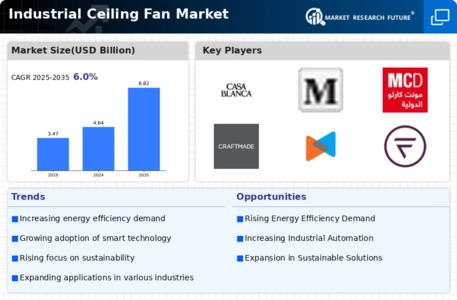
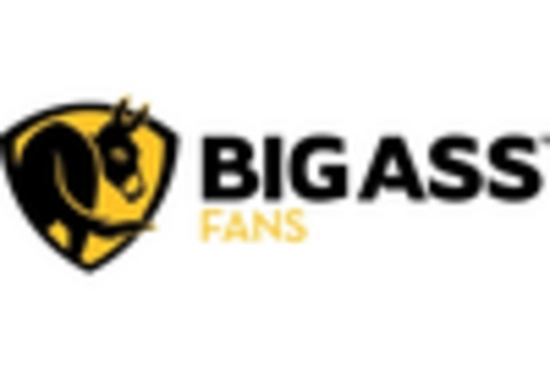
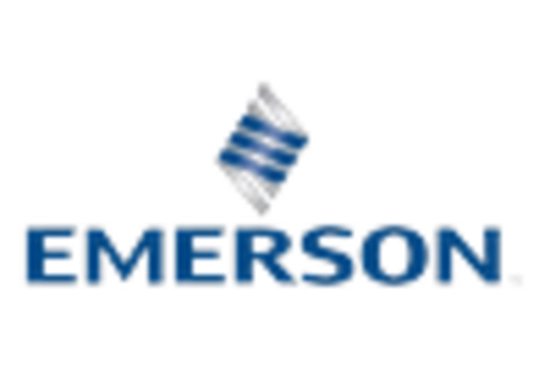
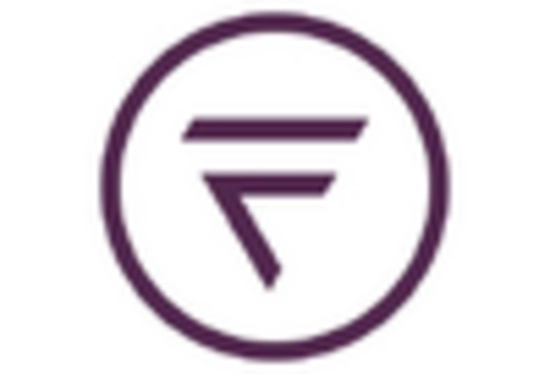

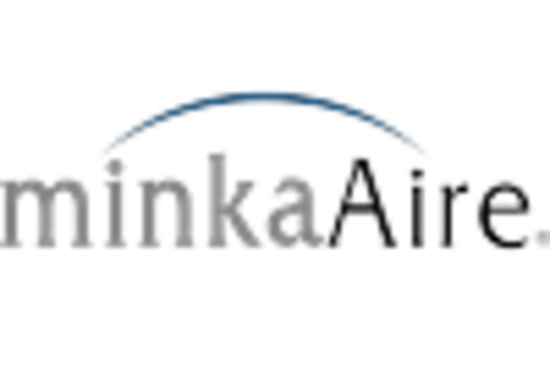
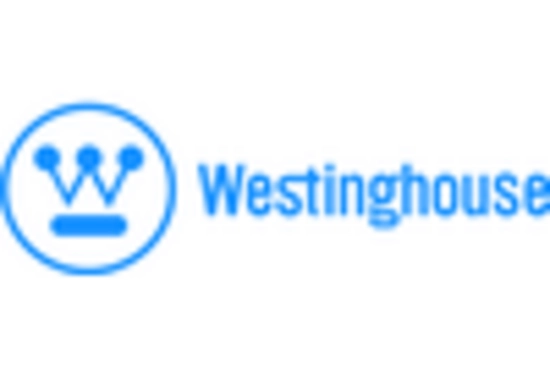

Leave a Comment